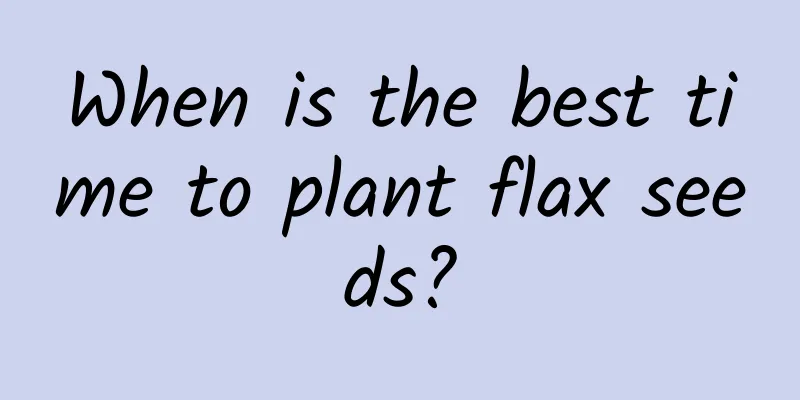Pests of Patchouli and Their Control

Pests of Patchouli and Their ControlaphidThe adults and larvae of aphids mainly cluster on tender shoots and leaves to cause damage, affecting plant growth and seriously affecting the germination of new buds and leaves. Prevention and control methods: You can spray 2000 times diluted 50% anthelmintic wettable powder, or 1500 times diluted 40% dimethoate emulsifiable concentrate for prevention and control. Be sure to stop using the drug about 15 days before harvest to avoid toxin residues. Red SpiderThe peak period of damage is during the high temperature period from June to August. Red spider mites will suck juice from the back of the leaves and rob the plant of nutrients. The specific symptoms are small yellow-white spots that initially appear on the affected parts, which then gradually expand into yellow-brown burnt spots, and finally the entire leaf will turn yellow and fall off. Prevention and control methods: You can spray 1500 times diluted insect mite like, or you can choose 3000 times diluted 1.8% avermectin for prevention and control. Silver mothThe larvae of the silver-striped leaf moth cause damage by biting leaves, leaving holes or notches on the leaf surface. The larvae usually lurk on the back of leaves during the day and feed on the leaf surface at night or on cloudy days. Prevention and control methods: Spray 300-350 times of 25% chlorpyrifos solution, or spray 1000 times of 90% crystal dichlorvos solution. Leaf folderThe larvae of leaf rollers will spin silk to roll up young shoots and leaves, and then chew the leaves to cause damage. Prevention and control methods: You can spray 300-400 times dilution of trichlorfon on the leaves for prevention and control, which can achieve good results. Cutworms, mole cricketsCutworms and mole crickets will bite off the rhizomes of Patchouli seedlings, resulting in a shortage of seedlings and affecting yield. Prevention and control methods: You can use 90% crystal dichlorvos as poison bait for trapping and killing, or you can apply 1000 times diluted 50% phoxim mixed with poisoned soil and apply it in strips. |
<<: Diseases and Pests of Juniper and Their Control
>>: Pests of Paulownia and Their Control
Recommend
How to grow gray vegetables
1. Maintenance methods 1. Temperature: Glechoma l...
When is autumn corn harvested?
Autumn corn is generally planted after mid-July, ...
When is the best time to plant pansy seeds?
Pansy seed planting time Pansy is a biennial or p...
How to make a pine bonsai
Step 1: Picking piles The best time to collect pi...
What flowers are suitable for growing in Anyang? What are the city flowers and trees?
1. Climate characteristics of Anyang Anyang has a...
What soil should be used to plant bougainvillea?
1. Soil requirements Bougainvillea has a strong g...
Hydroponic cultivation methods and precautions of Guanyin bamboo
1. Breeding methods 1. Fertilization: It is a fer...
How to plant Dendrobium officinale branches
1. Cut branches If you want to use this branch fo...
Spring cabbage planting time and method cultivation technology and management points
Spring cabbage planting time Spring cabbage can b...
What to do if lilac flowers and buds fall in summer
Lilac bud drop: overwatering This is the most com...
Is it better to plant corn sparsely or densely (is corn sparsely planted or densely planted for high yield)
Whether it is better to plant corn densely or spa...
Can wax apple trees be planted in the yard?
Can I plant a wax apple tree in my yard? Wax appl...
How to grow orchids to thrive
1. Fertilizer Although orchid mud is needed for p...
Diseases and Pests of Hosta and Their Control
Pests of Hosta In summer, care should be taken to...
Should I use a large or small pot for anthurium?
Should I use a large or small pot for anthurium? ...









